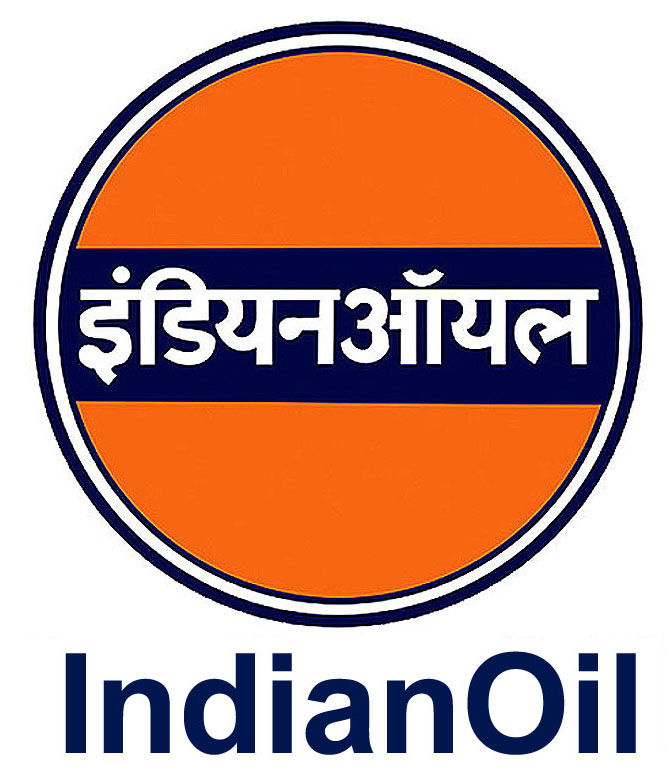Guyana last week recorded its second ever shipment of oil to India when the one million barrels of crude left here for delivery to the state-owned Indian Oil Corp Ltd. The shipment is expected to arrive in India early next month.
The occurrence is being seen as the further consolidation of a new dimension in relations between Guyana and India and as a further step by India, the world’s third largest oil importer, to diversify its oil acquisitions away from a global market that has become mired in controversy.
Communication emanating from the Indian High Commission last week described the recent oil purchase as both a “concrete step in Indo-Guyana economic relations” and as an “important step in [India’s] diversification of crude sourcing.”
All of this is occurring just over five years after the first ExxonMobil disclosure, in May 2015, that it had made its first major oil discovery offshore Guyana, a circumstance which, followed as it was by several subsequent discoveries, has now verified the country’s credentials as possessing world-class volumes of crude oil.
Last week marked the second occasion that Guyana has shipped its light, sweet crude to the Indian sub-continent, following delivery of an earlier one-million barrel consignment to India’s Mundra port in March last year via Stabroek Block stakeholder, Hess. What now appears to be the commencement of a longer-term oil supply arrangement between Guyana and India coincides with the decision made by the Organization of Petroleum Exporting Countries (OPEC) back in April this year to leverage oil prices by extending production cuts which the cartel had imposed through April this year. That development reportedly triggered a response by the Indian Government which charged the country’s refiners to accelerate the diversification of oil imports in an effort to reduce and eventually remove what it saw as a dangerous dependence on Middle Eastern crudes. Even as arrangements were being put in place to make what is now India’s second oil purchase from Guyana, the authorities in New Delhi were reportedly appealing to OPEC to boost oil production in order to meet global demand. OPEC’s refusal, up until now, to acquiesce to India’s appeal is reportedly being driven, in the main, by the hardline position being taken by the United Arab Emirates which is said to be declining to effect a downward adjustment in its baseline production target.
India has, since earlier this year, been engaged in an open spat with OPEC and on occasion directly with Saudi Arabia over what the authorities in New Delhi claimed were high crude prices and their consequential inflationary pressures on India.
While international oil prices have risen to a two-year high as demand has surged from the earlier Covid-19 pandemic glut, this, reportedly, appears not to have persuaded OPEC to restore output to earlier levels.
India’s move to turn to Guyana in pursuit of its anxiety to diversify its supply comes in the wake of currency depreciation against the US dollar that has pushed oil prices up and had a considerable impact on gasoline prices.
Just over a year ago, when the advent of the Covid-19 pandemic had significantly slowed global business and effectively reduced oil demand, OPEC countries had moved to reduce production in order to halt what had threatened to be a significant price slide.
The ongoing refusal by OPEC to resist appeals to increase oil production reportedly led, earlier this year, to accusations by India that OPEC’s posture was “creating confusion for the consuming countries.” This, coupled with the reported refusal by Saudi Arabia earlier this year to increase oil supplies on the global market reportedly had the effect of accelerating plans to seek out alternative energy sources.






